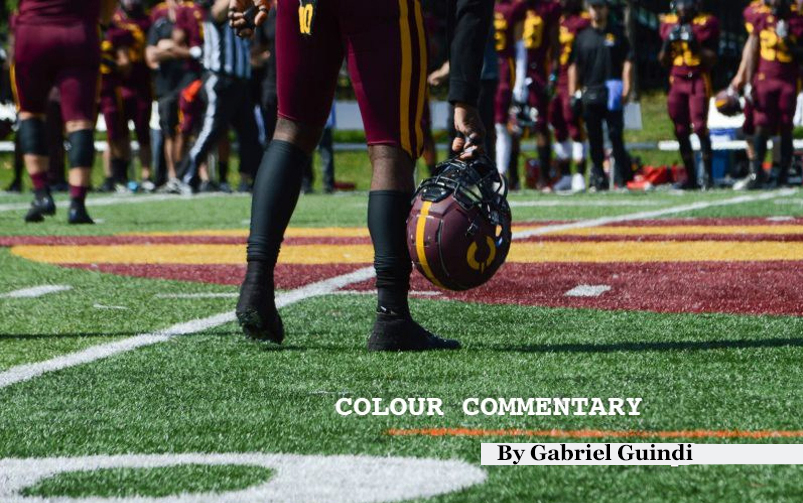Social media has provided fans with ways to push the envelope on some well-known athletes. To what extent is it enough?
Professional athletes are humans too and as sports fans, we tend to forget that. The physical capabilities of athletes, now more than ever, are so extreme that we class them as near superheroes. The sheer power it takes to dunk a basketball or the agility needed to stretch from post to post to save a puck make us forget that although what athletes do is near extraterrestrial, they still deal with personal issues just like the rest of us.
Social media is the purveyor of directed personal messages to public figures across the world — a facilitator for people to personally send their opinions (good or bad) at the ends of their fingertips. Professional athletes don’t receive just a modicum of messages, they receive a plethora of different opinions and critics.
We’ve never really asked ourselves: how much is too much? How many negative messages can someone endure before it seriously takes a toll on them? Does traditional media exploit and amplify these messages athletes already see online?
For many players, they either avoid social media altogether or deal with messages head-on. Especially now more than ever, it is encouraged for athletes to express how they feel as well as their mental health status. It has gotten to the point that even notable NBA all-star Kevin Durant was caught responding to critics using multiple burner accounts on Twitter to defend himself. When media outlets like ESPN caught wind of Durant’s usage of a burner account, it became a non-stop discussion topic on all their platforms.
Lebron James has even admitted that come playoff time he shuns social media altogether. Sports media companies keep tabs on the online activity of any given athlete. If anything “newsworthy” exposes itself, they take a screenshot and share it with their millions of fans. All facets of media and fan involvement intertwine, constantly placing players under a microscope.
Locally, over the past year, both Jonathan Drouin and Carey Price admitted themselves in the National Hockey League Players’ Association (NHLPA) assistance programs, creating a media stir in Montreal. Out of the countless rumours posted online, sports media amplified the message to another degree. Media companies are always on the prowl for anything that can attain clicks and shares.
The O.J. Simpson trial is when traditional media intersected into the personal life of an athlete and broadcast it for the world to see. The outcome of that trial prompted traditional media to continue pursuing drama in players’ personal lives to report on.
For an athlete, social media is a tough medium to frequent. Many people are jealous of their success, similar to tall poppy syndrome, a cultural phenomenon where fans criticize and sabotage people of notable success in order to make themselves feel better.
Social media is still too early in its development to know what the appropriate steps are to combat backlash. Athletes should have the chance to enroll in possible PR training on how to properly use social media for their own benefit. Though it may not be the ultimate solution, it’s a good place to start.




